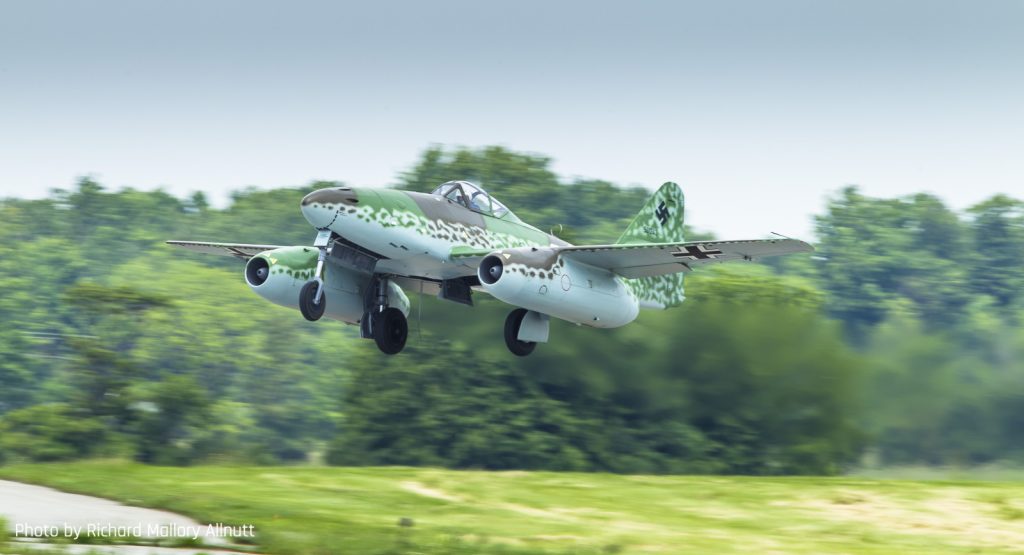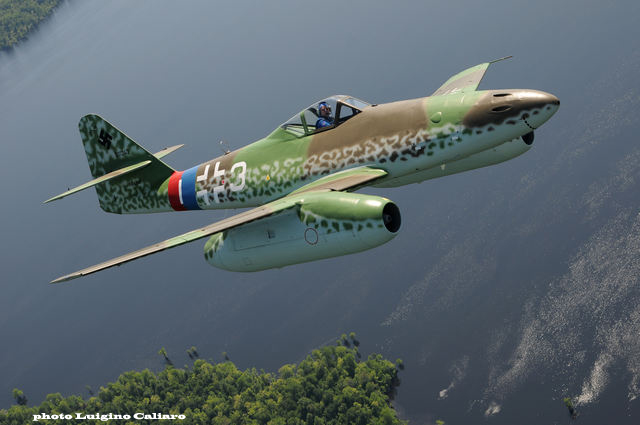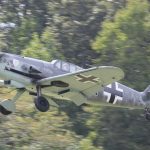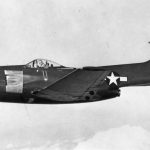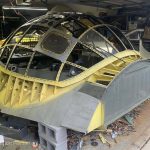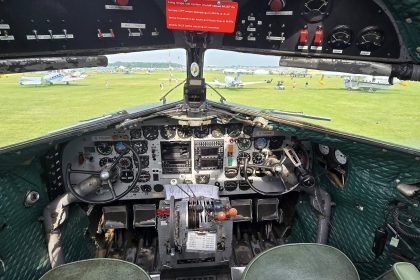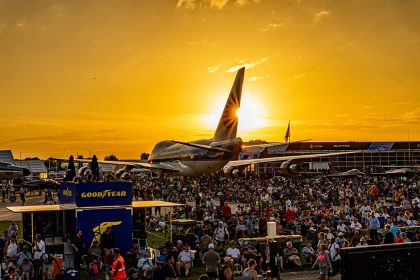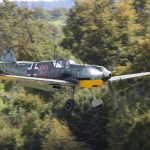Exciting news from the Military Aviation Museum—their Messerschmitt Me 262 replica is on track to return to flight, with hopes of making an appearance at EAA AirVenture Oshkosh 2025 this July. The museum’s Me 262 is a meticulously crafted replica of the Luftwaffe’s groundbreaking World War II jet fighter, built to closely match the original design while incorporating modern engines for reliability. This aircraft represents a rare opportunity to witness a Me 262 in flight, as none of the eight surviving German-built examples or the two Czech variants are currently airworthy, nor are they expected to be anytime soon.
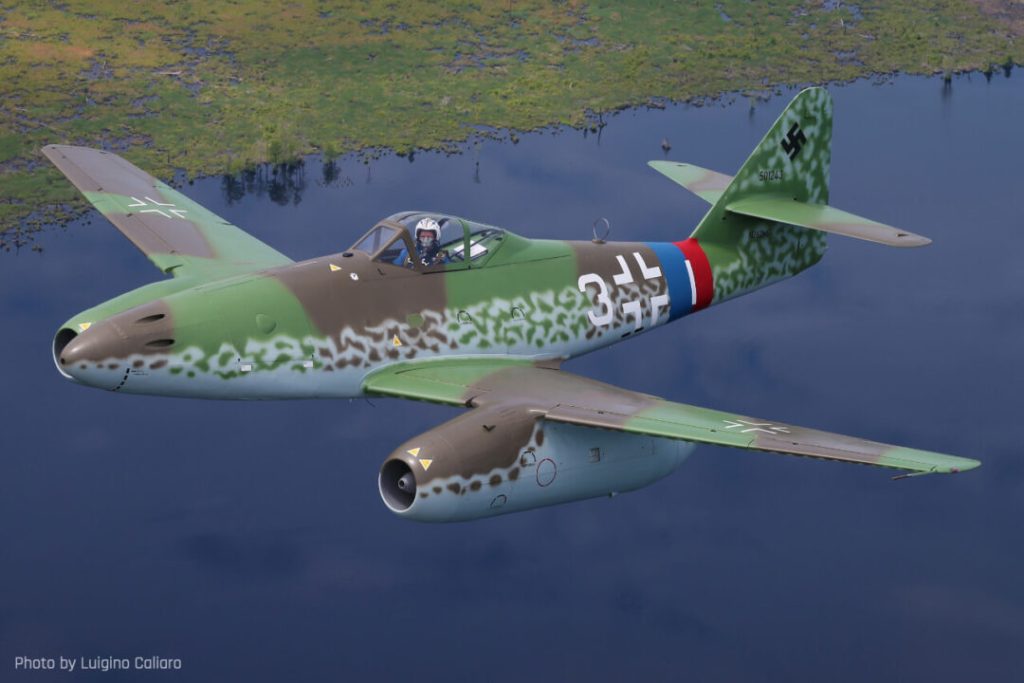
Richard Mallory Allnutt, the Military Aviation Museum’s Curator of Digital Media, provided insight into the origins of these replicas. The project began in the early 1990s when aviation enthusiast Steve Snyder and his company, Classic Fighter Industries, commissioned the construction of five Me 262 reproductions. Using an original airframe—Me 262 B-1a W.Nr. 110639—borrowed from the National Naval Aviation Museum as a blueprint, Classic Fighter Industries initially assigned the build to a Texas-based company. However, after complications arose, the project was transferred to Bob Hammer’s Legend Flyers at Paine Field in Everett, Washington—the same facility currently restoring the museum’s Mitsubishi A6M3 Zero. Three of the five airframes were completed to flying condition, while a fourth was built for static display. These replicas are structurally faithful to the original aircraft but incorporate modern modifications to enhance safety and functionality.
Each was assigned a unique Werknummer (W.Nr.) and registry. The first to take flight was Me 262B-1c W.Nr. 501241 (N262AZ), which became airworthy on December 20, 2002, and is currently operated by the Collings Foundation in Houston, Texas. Another, the Military Aviation Museum in Virginia Beach, Virginia, maintains Me 262A/B-1c W.Nr. 501243 (N262MF) in flying condition. Meanwhile, Me 262A/B-1c W.Nr. 501244 (D-IMTT) is based in Germany under the care of the Messerschmitt Stiftung in Manching, where it also remains airworthy. Me 262B-1c W.Nr. 501242, is on static display at the Evergreen Aviation Museum in McMinnville, Oregon, painted in the markings of Jagdgeschwader 7 (11./JG 7), as flown by Leutnant Alfred Ambs.
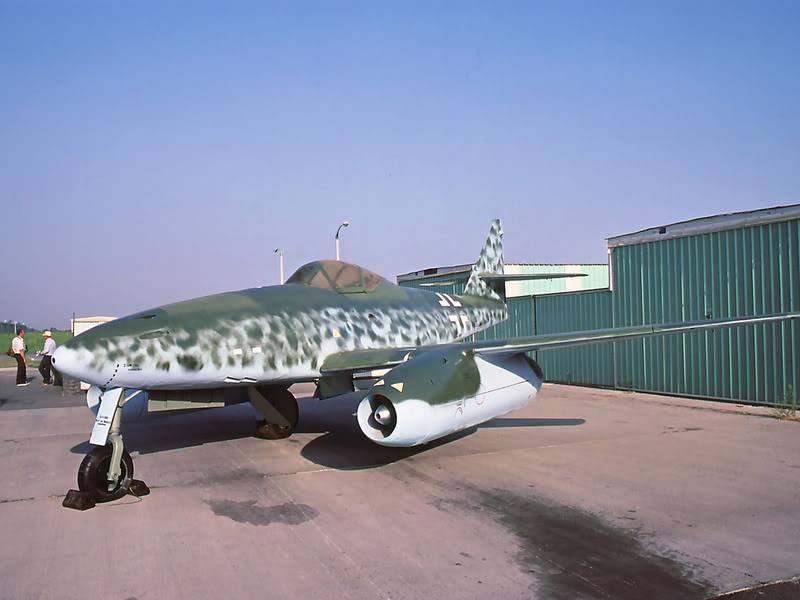
Me 262 A-1a/U3 W.Nr. 500453 was restored to flying condition at the Flying Heritage Collection in Everett, Washington. Uniquely, this aircraft is intended to fly using its original Junkers Jumo 004 engines, a rare and ambitious endeavor. Previously, it was part of the collection at the Planes of Fame Air Museum in Chino, California, before being acquired for restoration.
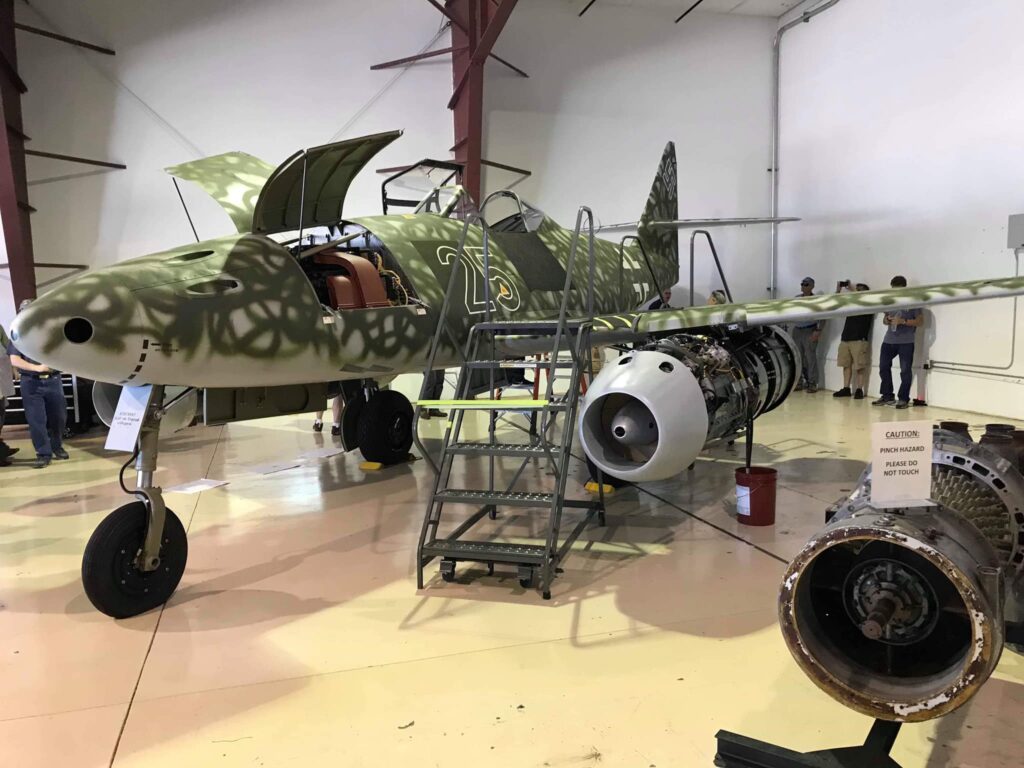
One of the most significant updates was replacing the unreliable wartime Junkers Jumo 004 turbojets, which had notoriously short lifespans due to Germany’s wartime material shortages. Instead, the replicas are powered by down-rated General Electric CJ610 engines—widely used in Learjets—offering vastly improved reliability and maintainability. Additionally, the original Me 262’s problematic drum brakes were swapped out for disc brakes from the Grumman S-2 Tracker. While these brakes initially seemed like a practical alternative, they later presented challenges.
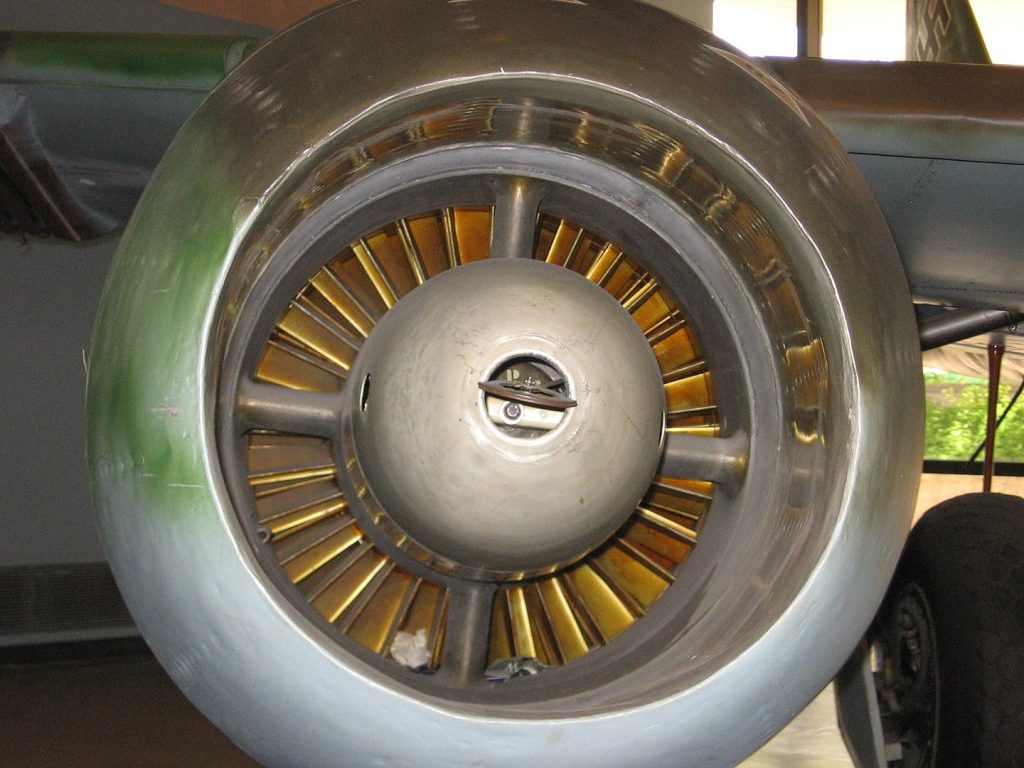
During test flights at Paine Field, where the main runway stretches 9,010 feet, braking demands were minimal, and sufficient taxi time allowed for cooling between stops. However, once the Military Aviation Museum’s Me 262 began operating from Suffolk Executive Airport, which has a much shorter 5,060-foot runway, the brakes were found to overheat quickly. This led to a significant reduction in braking effectiveness—a critical issue that forced the aircraft to be temporarily grounded while the museum sought a more suitable solution.

Now, after extensive research and discussions with other operators, the museum believes they have identified a reliable fix. The goal is to return the aircraft to flight in time for AirVenture 2025 in Oshkosh, Wisconsin. While there’s still work to be done, the team remains optimistic that the Me 262 will be ready for this milestone event. Stay tuned for updates on the museum’s blog, social media, and right here on Vintage Aviation News as this remarkable aircraft prepares for its long-awaited return to the skies!
